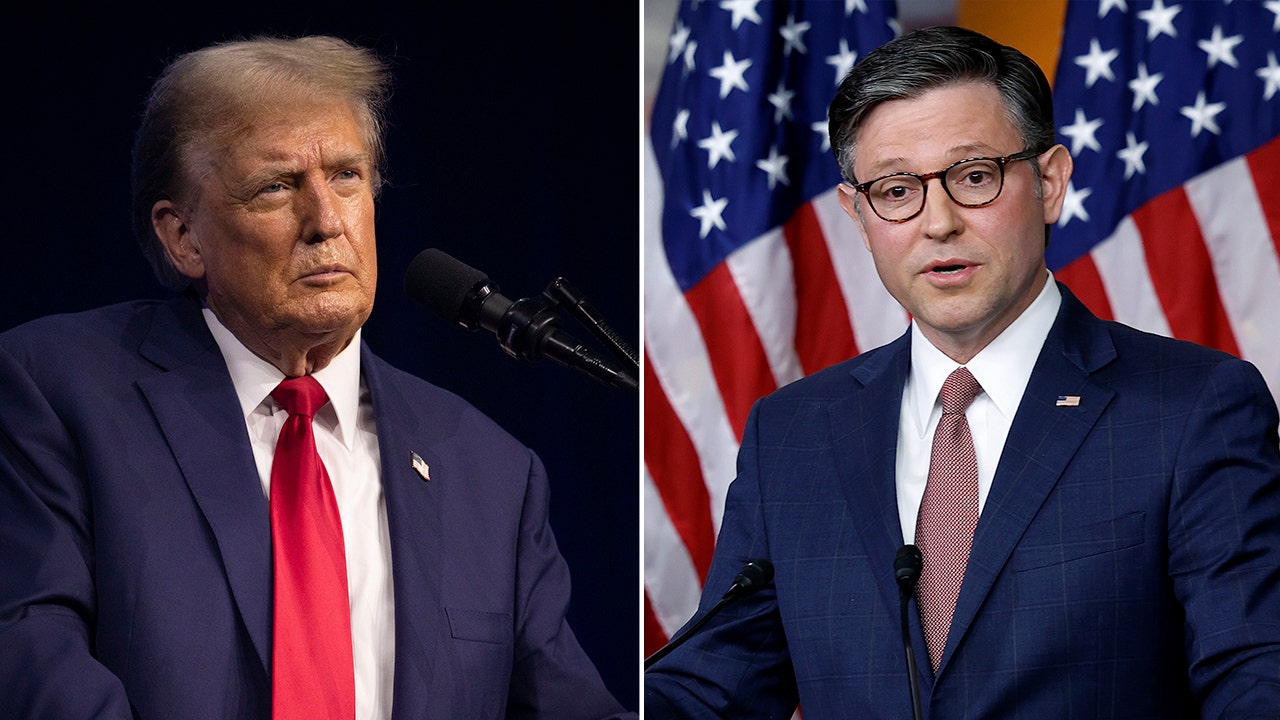Recent data from the Global Trade Research Initiative revealed a significant milestone: Chinese imports to India surpassed $100 billion in fiscal year 2024, solidifying China’s status as India’s largest trading partner. This revelation comes amid heightened tensions, notably exemplified by India’s deployment of a record number of troops to the Ladakh border in response to perceived Chinese threats, as stated by India’s External Affairs Minister S. Jaishankar. United States intelligence agencies have warned of a potential armed conflict, as both nations bolster troop deployments along the disputed border.
The China-India relationship has been marred by sporadic conflicts largely stemming from disputes surrounding their 3,440 kilometer long border. India faces a triple challenge from China in Ladakh, Sikkim, and indirectly in Arunachal Pradesh, with China claims as its territory. In June 2020, the Galwan valley clash saw the opposing forces bludgeon each other with sticks and clubs; at least 20 Indian soldiers and four Chinese soldiers died in the melee.
Diplomatically, India has emphasized the urgency of addressing the border situation, advocating for a restoration of the status quo ante along the Line of Actual Control (LAC) in eastern Ladakh. Despite military talks, tensions continue nearly four years later.
Both nations are engaged in a race to bolster infrastructure along this contested border, with China investing in tunnels and bunkers, while India allocates substantial funds for road construction. India has sanctioned the development of 113 roads in Arunachal Pradesh, Uttarakhand, and Sikkim to enhance connectivity. Currently, there are at least 168 villages along the border with China that do not have any road connectivity.
Alongside these developments at the border, public sentiment in India toward China has notably soured. A Pew Research Center survey published in the spring of 2023 indicated two-thirds of Indians – a historic high – hold an unfavorable view of China. Consequently, India has been gravitating toward closer ties with the United States, France, Japan, and Australia, exemplified by decisions such as the ban on Chinese apps, scrutiny of Chinese investments in Indian startups, and vocal opposition to China’s Belt and Road Initiative.
Despite these tensions, bilateral trade and investment between India and China persist.
This paradoxical phenomenon is not unique to the China-India dynamic. Across the globe, nations often engage in trade with adversaries for political, economic, and even military reasons. Europe, for instance, continues to import natural gas from Russia amid the Russia-Ukraine conflict, and West Asian nations maintain trade relations with Israel despite their public support for Palestine. Similarly, amid conflicts, entities can inadvertently fund adversaries; examples include Syria and international organizations purchasing oil from the Islamic State.
In the case of China and Japan, characterized by a contentious relationship termed as a “cold peace,” economic ties remain robust due to mutual dependency. Japanese firms rely on the Chinese market and China is dependent on Japanese technology. Similarly, India and China, despite their geopolitical tensions, continue to engage in significant trade. In fiscal year 2024, bilateral trade between the two nations reached $118.4 billion, with India heavily reliant on China for critical products such as telecom and smartphone parts, pharmaceuticals, and advanced technology components.
Despite India’s efforts to bolster its domestic defense industry through initiatives like “Make in India” and “Atmanirbhar Bharat” (Self-Reliant India) the nation remains dependent on external sources – including China – for critical defense technology and materials.
As India strengthens its security ties with the United States and takes a leading role in organizing the Global South, tensions with China persist. China’s engagement with neighboring countries like Bhutan and Bangladesh, along with its growing military collaboration with Pakistan, further complicates the geopolitical landscape for India. In this volatile scenario, the China-India relationship navigates a delicate balance between pragmatic economic interests and escalating geopolitical tensions.





















Discussion about this post